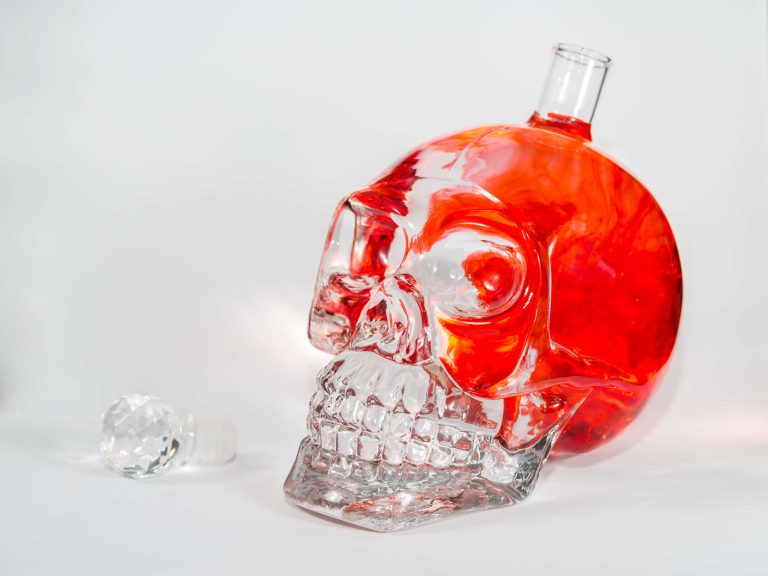Δ9-tetrahydrocannabinol (THC), the main psychoactive compound, alters perception, mood, and cognition by interacting with cannabinoid receptors (CB1 and CB2) in the brain. https://zoomagazinmladost.com/?p=3376 At high doses, marijuana effectuates hallucinogenic effects, comprising distorted sensory perception, paranoia, and dissociation. Marijuana’s hallucinogenic capacity is milder in comparison to classic hallucinogen addictions like LSD or psilocybin.
- At Hanley Center, we recognize that any substance used to escape or regulate emotions can become a barrier to emotional health and personal growth.
- Marijuana use disorder is a growing problem, but fortunately, addiction treatment can be effective in addressing marijuana addiction.
- This alteration in dopamine leads to dependency as the brain becomes conditioned to expect external stimulation to maintain dopamine levels.
How to Address Marijuana Addiction?

Scientific American maintains a strict policy of editorial independence in reporting developments in science to our readers. There has never been a more important time for us to stand up and show why science matters. Forming an addiction to it can happen quite easily, even faster than some people may realize. By Jaime R. Herndon, MS, MPHHerndon is a freelance health/medical writer with a graduate certificate in science writing from Johns Hopkins University.
- Periodontal disease doesn’t just cause tooth loss but has also been linked to many other health issues, including heart disease and preterm labor.
- At The Edge Treatment Center, we understand how addiction and mental health challenges are deeply connected.
- Based on testing of confiscated samples, marijuana potency has been steadily increasing over the past few decades.
- The liquid form is often called hash oil or honey oil and looks similar to other kinds of oils.
Mental Health Resources

So, you should stop using all CBD products while you’re pregnant and nursing. That way, they can monitor you more how is marijuana addictive closely for complications such as gum disease and head and neck cancer, which are linked to cannabis use. Don’t use weed within four hours of driving and 24 hours of working, especially if your job requires you to follow safety guidelines. Always stay sober when it’s important for you to be alert — for instance, when you’re around kids, caring for an aged or sick loved one, or you might get called into work. No federal standards exist for the cannabis industry, but you have a better chance of knowing what you’re getting if you buy from a dispensary instead of off the street (which is still illegal).
Mental Health Treatment
Et al.’s 2018 review “Cannabis Addiction and the Brain” published in the Journal of Neuroimmune Pharmacology. Marijuana affects the brain by altering areas responsible for memory, learning, attention, decision-making, and coordination. The heroin addiction THC in marijuana binds to cannabinoid receptors in the brain, disrupting communication between cells.
What Risk Factors Contribute to Marijuana Addiction?
“In fact, a glass or two of wine a day is considered healthy… Now, you certainly might see some sort of withdrawal symptom if someone’s been drinking for a few years and they abruptly stop doing that. Some are even dependent on the drug, using it daily and going through withdrawal if they try to quit, but they still remain functional. Volkow explained that the patterns of activity in the brain shift from the drug activating reward centers to activating other, nearby regions related to the formation of habits. According to a research by the National Institute on Drug Abuse, the average THC content in confiscated marijuana samples in 1990 was just under 4 percent. On the other hand, there are studies that have issued warnings on marijuana and heart health as well as using marijuana for morning sickness. A 2017 study reported that adult cancer patients are using marijuana to ease nausea and other symptoms.
